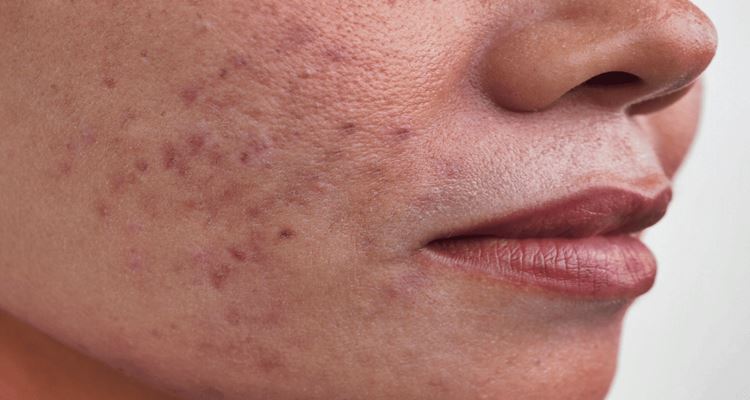HYPERPIGMENTATION TREATMENT – Here are some easy but effective tips and ways to get rid of unwanted hyperpigmentation in the skin.
A condition that makes some areas of the skin appear darker than others is called hyperpigmentation. There are several culprits behind this that causes spots or patches that look brown, black, gray, red, or pink.
Hyperpigmentation – What Are The Causes and Treatment?
Here are some things to know about hyperpigmentation in the skin.
HYPERPIGMENTATION – These are possible causes and some doctor-approved treatments to get rid of the hyperpigmentation in the skin.
The American Osteopathic College Of Dermatology (AOCD) defined pigmentation as a “common, usually harmless condition in which patches of skin become darker in color than the normal surrounding skin”.

This is accordingly the result of excess melanin.
Some types of this are:
- Age or “liver” spots caused by sun damage. This condition is also called solar lentigines and appears in parts that are usually exposed to the sun like hands and face.
- Melasma or chloasma is caused by hormonal changes and the darkened spots are bigger than the age spots. This can appear in any part of the body but it commonly develops on the stomach and face.
- Post-inflammatory hyperpigmentation is caused by an injury or inflammation and the common culprit behind is acne.
Based on a post from Everyday Health, here are some treatments approved by doctors:
- Doris J. Day, MD, a clinical assistant professor of dermatology at NYU Medical School in New York City says keeping the skin moisturized is the key.
- Jeanine Downie, MD, a dermatologist and the director of Image Dermatology in Montclair, New Jersey says that one must avoid touching, squeezing, or messing it in any way like scratching and picking using fingers.
- Ni’Kita Wilson, a cosmetic chemist in New York City says products containing vitamin C, licorice root, and kojic acid can help whiten the discolored spots. American Academy of Dermatology Association (AAD) also said that ingredients such as azelaic and glycolic acids, and retinoids will also help.
- Dermatologists suggest products containing hydroquinone or prescribed treatments like topical cortisone cream or tretinoin.
- Using sunscreen with a sun protection factor (SPF) of 30 or more is highly suggested to reduce spots caused by sun exposure.
- To prevent this condition from happening, use gentle skin-care products.
READ ALSO:
What can you say about this? Let us know!

